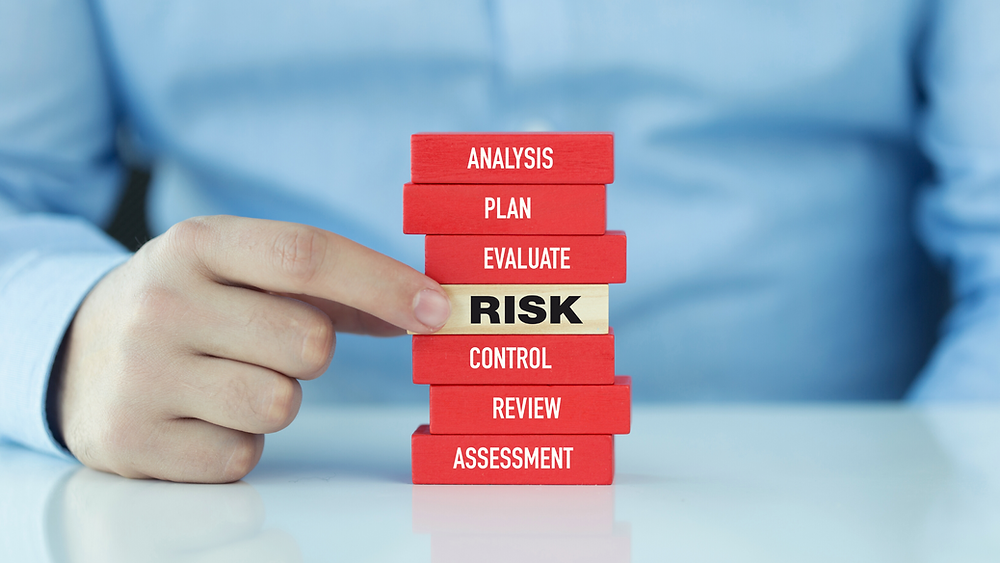Shipping is the backbone of global trade, moving goods from point A to point B across oceans, highways, and airways. But with great opportunity comes great risk. From delays and damage to theft and regulatory hurdles, shipping risks are a constant concern for businesses of all sizes. So, how can you manage these risks effectively without sacrificing efficiency or driving up costs? Here are the top strategies for managing shipping risks, helping you protect your shipments and your bottom line.
Understanding the Risks: The First Step to Mitigation
Before you can manage shipping risks, you need to understand them. Shipping risks come in many forms, including natural disasters, geopolitical tensions, cyberattacks, and even mishandling during transit. Each type of risk can lead to delays, increased costs, or worse, lost or damaged goods. For businesses, these risks can have a direct impact on customer satisfaction and financial performance.
The first step in managing these risks is to conduct a thorough risk assessment. This involves analyzing your shipping routes, evaluating the reliability of your carriers, and understanding the potential vulnerabilities in your supply chain. By identifying where your shipments are most at risk, you can prioritize your mitigation efforts and allocate resources more effectively. Remember, not all risks are created equal, and understanding their potential impact on your operations is key to developing a robust risk management strategy.
Diversify Your Supply Chain to Reduce Dependence
One of the most effective ways to manage shipping risks is to diversify your supply chain. Relying on a single supplier, carrier, or shipping route can leave your business vulnerable if something goes wrong. Whether it’s a port strike, a geopolitical conflict, or a sudden shortage of raw materials, disruptions in a single link of your supply chain can bring your entire operation to a halt.
To mitigate these risks, consider working with multiple suppliers and carriers, and explore alternative shipping routes. Diversification not only spreads the risk but also gives you greater flexibility to adapt to changing conditions. For example, if one supplier faces delays, you can pivot to another without missing a beat. The key is to build a resilient supply chain that can withstand unexpected disruptions, keeping your goods moving even when the unexpected occurs.
Embrace Technology for Better Visibility and Control
Technology is your best friend when it comes to managing shipping risks. Real-time tracking systems, predictive analytics, and advanced monitoring tools can provide unparalleled visibility into your shipments, allowing you to spot potential issues before they become major problems. These technologies can help you track your cargo from the moment it leaves the warehouse until it reaches its final destination, giving you the ability to react quickly to delays, reroute shipments, or adjust delivery schedules as needed.
Investing in supply chain management software that integrates with your logistics operations can streamline communication with carriers, improve inventory management, and reduce the likelihood of errors. By leveraging technology, you can enhance your ability to manage risks and maintain a smooth flow of goods, even when challenges arise. The result? Greater control, fewer surprises, and a more reliable shipping process that keeps your business running smoothly.
Strengthen Security Measures to Prevent Theft and Tampering
Cargo theft is a significant risk in shipping, particularly when transporting high-value or sensitive goods. From hijacked trucks to tampered containers, theft can occur at any point in the supply chain, leading to costly losses and damaged reputations. To combat this, businesses need to implement robust security measures that deter theft and protect their shipments.
Investing in tamper-evident packaging, GPS tracking devices, and secure seals can help safeguard your cargo from unauthorized access. Additionally, working with reputable carriers that have strong security protocols in place can provide an extra layer of protection. Conducting regular security audits and training employees on best practices can also help reduce the risk of theft, ensuring that your goods arrive at their destination intact and on time.
Insured Package Delivery: A Safety Net for High-Risk Shipments
Even with the best risk management strategies in place, sometimes things go wrong. That’s where insured package delivery comes in. Insuring your shipments provides a safety net against unexpected losses, such as damage, theft, or accidents during transit. For high-value items or fragile goods, having insurance can be the difference between a minor hiccup and a major financial setback.
When choosing insurance, it’s important to assess the level of coverage you need based on the value and nature of your goods. Not all insurance policies are created equal, so work with your carrier or a specialized provider to ensure your shipments are adequately protected. While insured package delivery adds a small cost, it offers invaluable peace of mind and financial security, especially when dealing with unpredictable shipping environments.
Preparing for the Unexpected
Shipping risks are a reality that every business must face, but with the right strategies, they can be effectively managed. By understanding the risks, diversifying your supply chain, leveraging technology, and working with trusted partners, you can build a shipping operation that’s resilient, reliable, and ready for whatever comes your way. Insured package delivery adds an extra layer of protection, ensuring that when the unexpected happens, your business can recover quickly. In the fast-paced world of global trade, managing shipping risks isn’t just a smart move—it’s essential.
Keep an eye for more news & updates on EssentialTribune!








